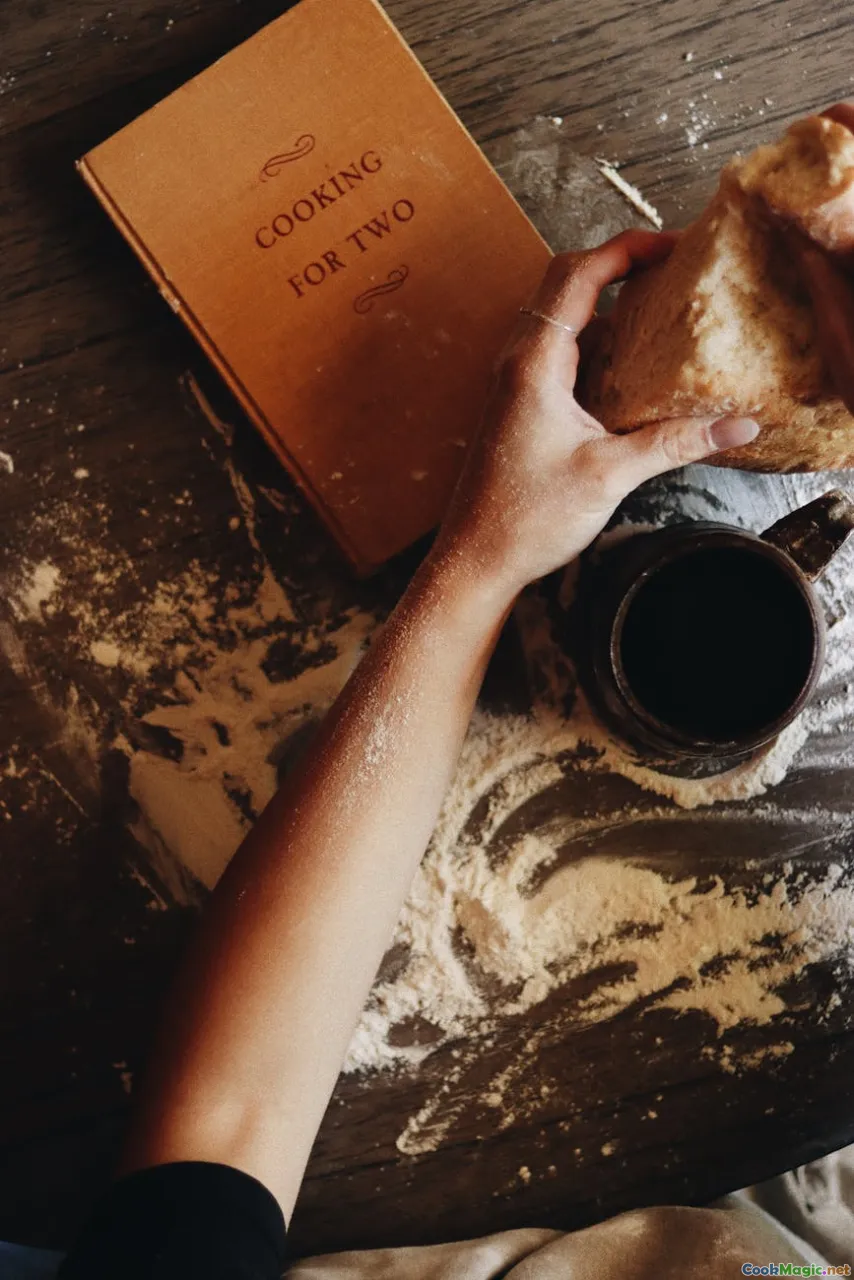Modern Chefs Reviving Ancient Vanuatu Recipes
8 min read Discover how contemporary chefs are revitalizing ancient Vanuatu recipes, blending tradition with innovation to preserve and celebrate island culinary heritage. May 22, 2025 12:00
Modern Chefs Reviving Ancient Vanuatu Recipes
A Journey into the Heart of Vanuatu’s Culinary Heritage
Imagine stepping onto a lush, tropical island where the air is thick with the aroma of roasted yams, fermented coconut, and smoky fish. Vanuatu, a jewel in the South Pacific, boasts a rich tapestry of culinary traditions that have been passed down through generations. Yet, despite its vibrant food culture, many of these ancient recipes teeter on the brink of obscurity, threatened by modernization and globalization.
Today, a new wave of passionate chefs and food artisans is breathing life into these time-honored dishes, blending ancestral techniques with contemporary culinary artistry. Their mission? To preserve Vanuatu’s culinary soul while making it accessible and appealing to a global audience. This movement not only celebrates local ingredients and traditions but also showcases the resilience and creativity of Vanuatu’s people.
The Cultural and Historical Roots of Vanuatu Cuisine
Vanuatu’s culinary landscape is deeply intertwined with its history, geography, and cultural practices. The islands, scattered across the Coral Sea, are home to over 80 distinct languages and a diverse array of indigenous communities, each with their own food customs.
Traditional Vanuatu cuisine is characterized by earth-oven cooking (lovo), where food wrapped in banana leaves is slow-cooked over hot stones, imparting a smoky flavor and tender texture. Seafood, especially fish and shellfish, forms the backbone of many dishes, complemented by root crops like taro, yams, and sweet potatoes.
Fruits such as breadfruit, bananas, and coconuts are staples, often fermented or processed into condiments. Fermentation plays a vital role, used to create tangy flavors that add depth to dishes like puso (fermented fish)orkava-infused dishes.
Historically, these recipes served not only as nourishment but also as social rituals, bonding communities during gatherings, celebrations, and ceremonies. The preparation and sharing of food reinforced social ties and cultural identity.
The Threat of Modernization and the Need for Revival
In recent decades, urbanization and external influences have altered traditional lifestyles. Younger generations often gravitate toward imported foods, fast-food outlets, and Western-style dining, leading to a decline in traditional cooking skills.
Moreover, climate change and environmental pressures threaten local food sources, making the preservation of indigenous recipes even more urgent. Recognizing this, chefs, historians, and community leaders have championed a culinary revival movement—a conscious effort to conserve and promote Vanuatu’s food heritage.
The Pioneers of Culinary Revival: Profiles of Modern Chefs
Chef Lita Vatu
Lita Vatu, based in Port Vila, is renowned for her innovative approach to traditional Vanuatu dishes. She combines locally sourced ingredients with modern techniques like sous-vide and fermentation to create dishes that are both rooted in history and appealing to contemporary palates.
Her signature dish, Taro and Coconut Curry, uses old recipes but presents it with a refined plating style, highlighting the natural beauty and textures of the ingredients.
Chef Sano Tasi
Sano Tasi is dedicated to reviving the ancient art of earth-oven cooking. He has established a culinary studio where he teaches locals and tourists alike how to prepare traditional dishes such as Lovo RoastsandFermented Fish Pusos.
Sano emphasizes sustainability, sourcing ingredients directly from local farmers and fishermen, and uses eco-friendly methods to honor the environment.
Food Artisans and Community Initiatives
Beyond individual chefs, community-led projects like the Vanuatu Food Heritage Foundation are pivotal. These initiatives document recipes, host festivals, and foster youth engagement in traditional cooking.
Techniques and Ingredients Making a Comeback
Earth-Oven Magic
The lovo technique remains central, but modern chefs are experimenting with smaller, portable earth ovens that allow for greater flexibility and innovation.
Fermentation Revival
Fermentation, once a staple, is being reintroduced through workshops and recipes that emphasize flavors like tangy fermented fish, coconut-based condiments, and even fermented tropical fruits.
Local Ingredients
Emphasizing indigenous ingredients such as mango, breadfruit, taro, and coconut ensures flavors remain authentic while encouraging sustainable farming practices.
Fusion and Innovation
Chefs are blending traditional flavors with international cuisines—think spiced taro chips with wasabi aioliorcoconut-infused ceviche—creating a dialogue between the old and the new.
Personal Reflections and Experiences
Having traveled to Vanuatu multiple times, I’ve had the privilege of tasting some of these revived dishes firsthand. One memorable experience was participating in a village feast, where a community gathered around an earth oven, sharing stories as they prepared the meal. The aroma of roasted yams mingled with the smoky scent of fish, creating an intoxicating atmosphere.
What struck me most was the profound sense of pride and reverence for tradition that the villagers displayed. Modern chefs are not merely copying recipes; they are storytelling through food, preserving cultural memory and fostering a sense of identity.
How This Movement Inspires Global Appreciation
The revival of Vanuatu’s ancient recipes offers valuable lessons for the world: the importance of cultural preservation, sustainable food practices, and the beauty of simplicity. As chefs worldwide embrace indigenous ingredients and techniques, a richer, more diverse culinary landscape emerges.
Vanuatu’s culinary renaissance reminds us that food is more than sustenance—it is history, identity, and art intertwined.
Final Thoughts
In an era where fast food and convenience often overshadow tradition, the courageous efforts of Vanuatu’s modern chefs serve as a beacon of cultural resilience. Their work not only honors the island’s rich culinary heritage but also inspires a global movement to cherish and preserve indigenous food traditions.
Next time you savor a dish that transports you to a distant island, remember the stories, the history, and the passionate souls behind every bite. The revival of ancient recipes isn’t just about food—it’s about keeping the soul of Vanuatu alive for generations to come.









